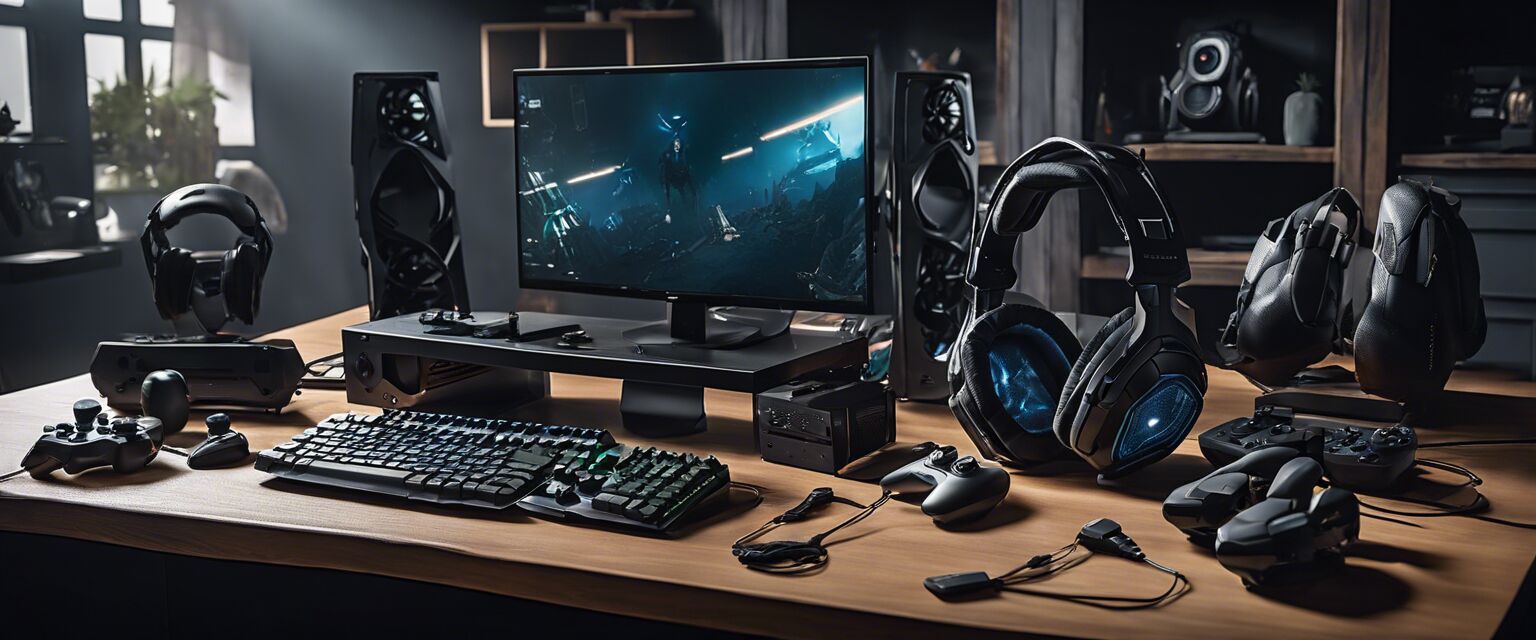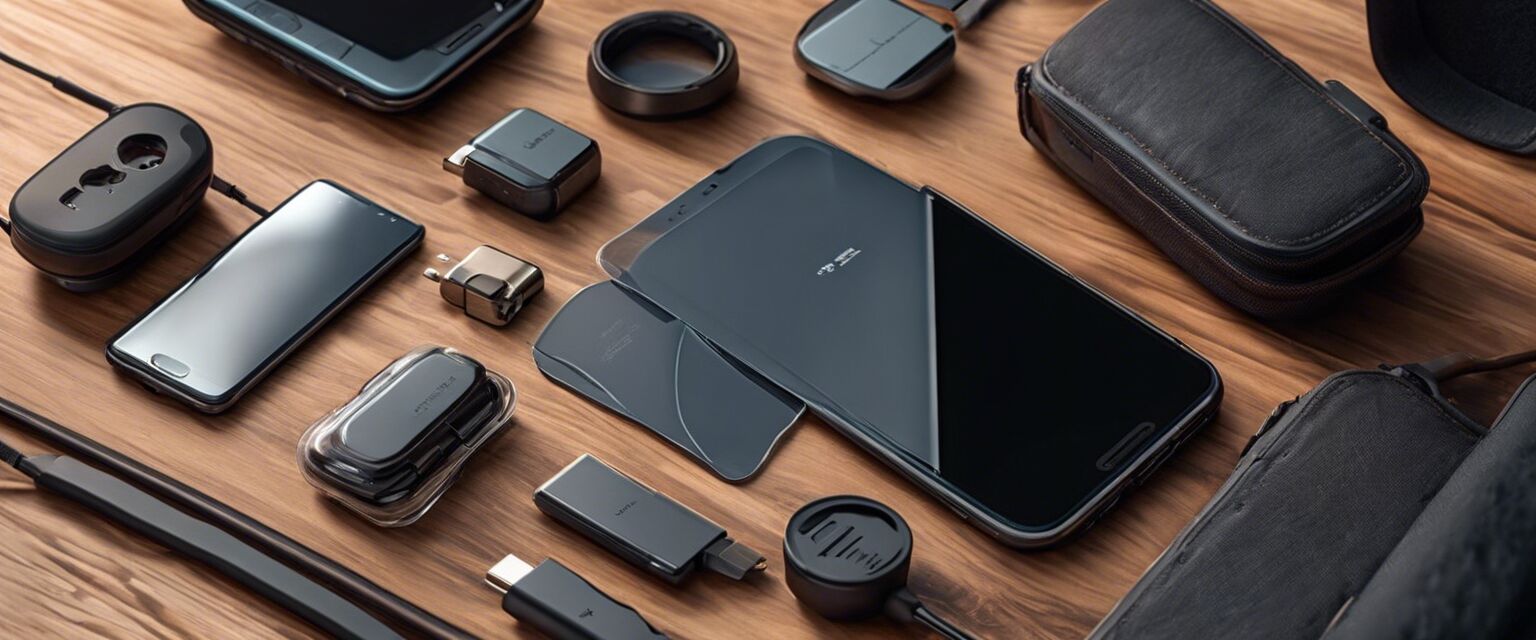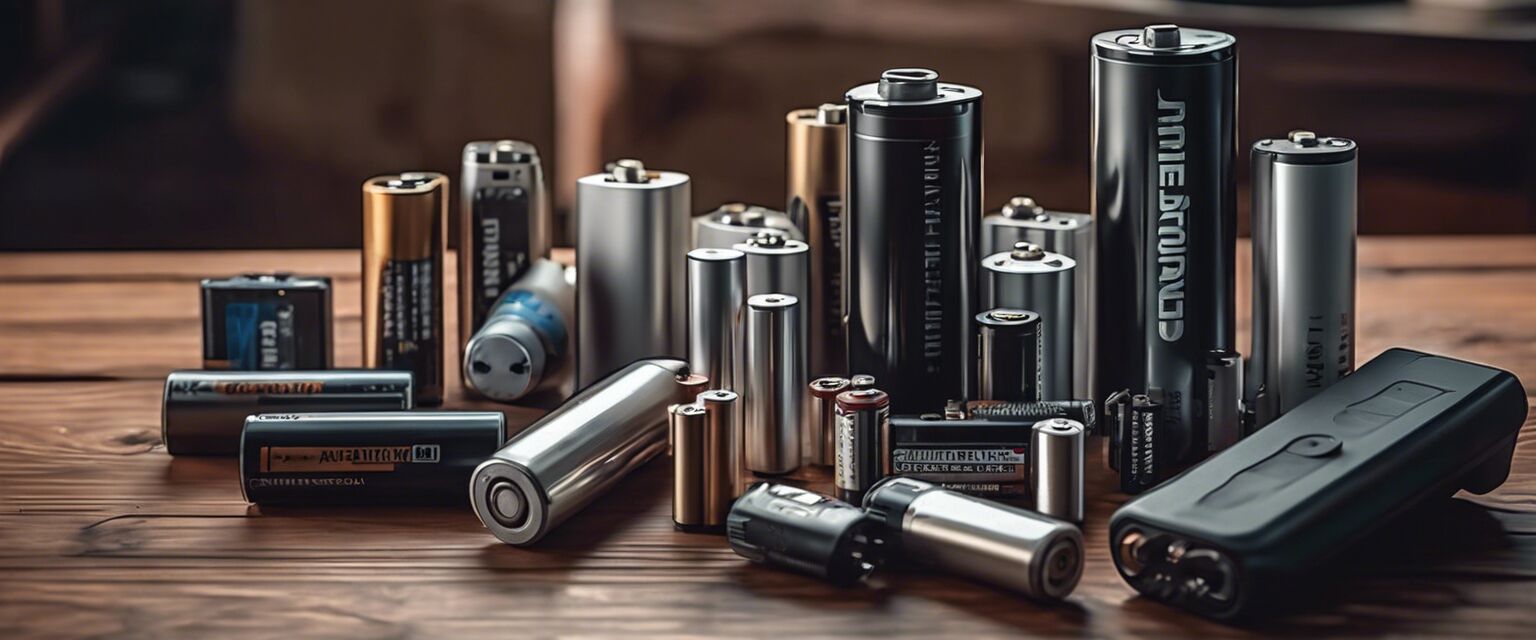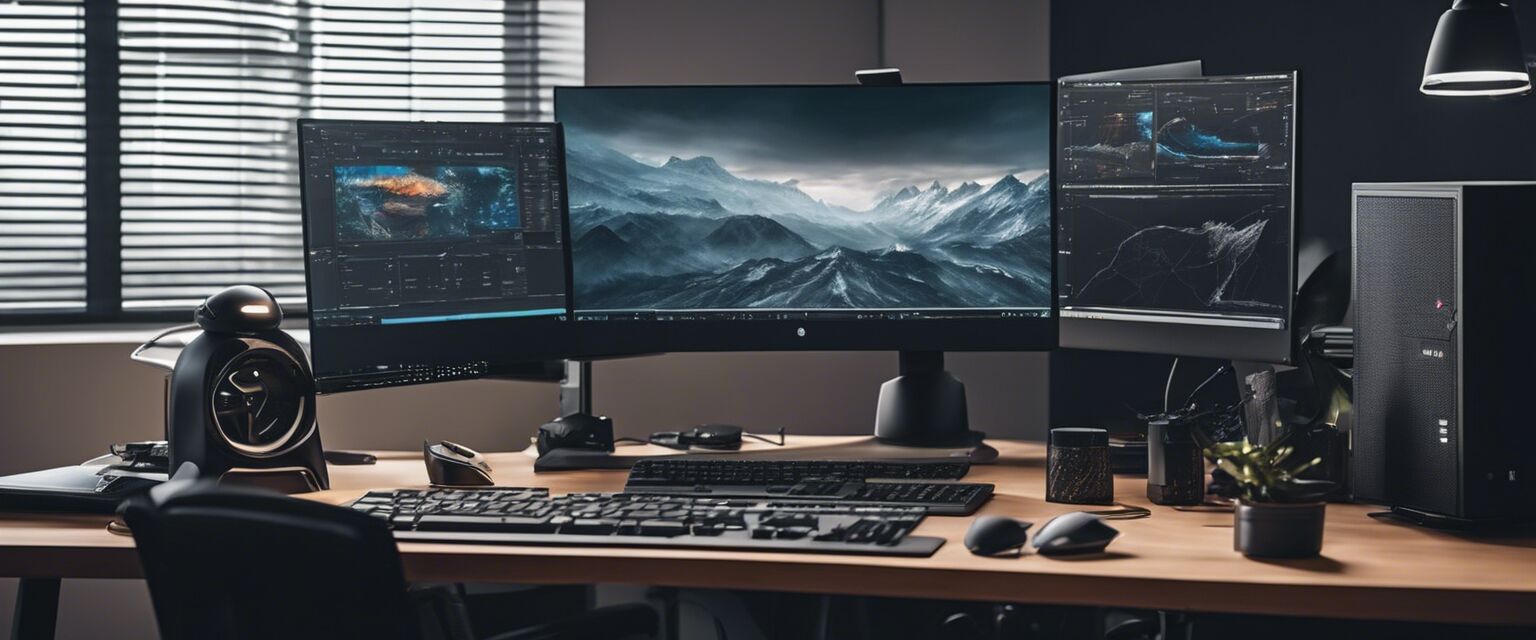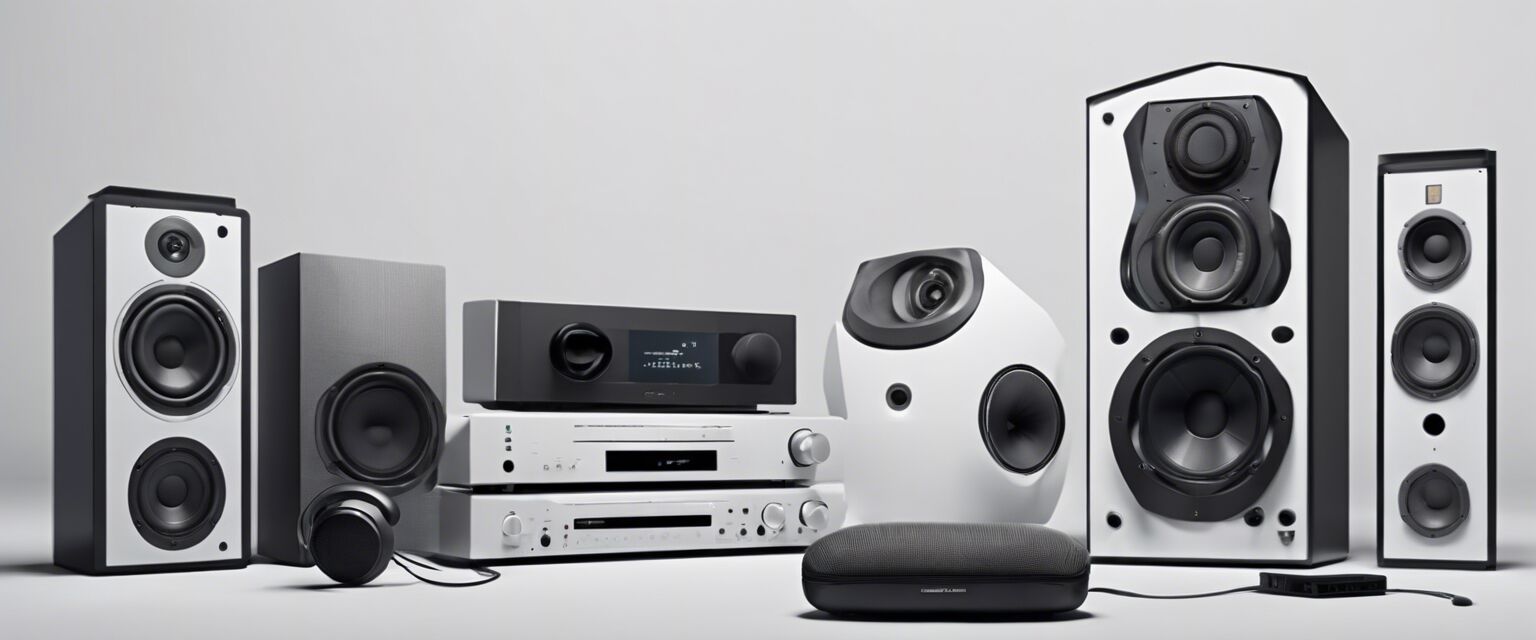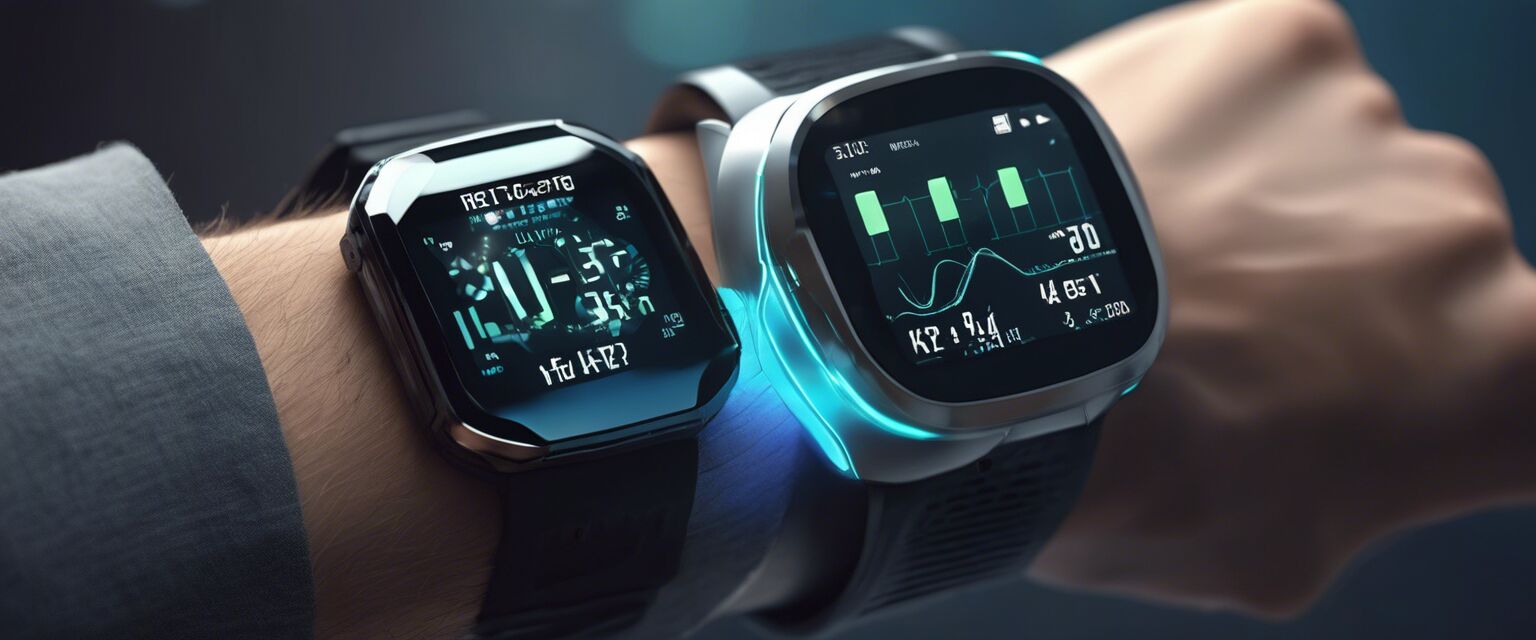
Wearable Technology
Key Takeaways
- Wearable technology is rapidly evolving and includes devices like smartwatches, fitness trackers, and VR headsets.
- These devices enhance connectivity, health tracking, and overall user experience through innovative features.
- Understanding the latest trends can help consumers make informed purchasing decisions.
Wearable technology has become a significant part of our daily lives, revolutionizing the way we interact with technology and track our health. From smartwatches that keep us connected to fitness trackers that monitor our physical activity, these devices offer a range of functionalities that enhance our lifestyles. This article explores the latest trends in wearable technology, focusing on the most popular devices, their features, and what the future may hold.
Types of wearable technology
Wearable technology encompasses various devices, each designed for specific functions. Here are some of the most common types:
- Smartwatches: These devices connect to smartphones, providing notifications, calls, and various fitness tracking features.
- Fitness Trackers: Primarily focused on monitoring health metrics such as heart rate, steps, and sleep patterns.
- VR Headsets: Immersive devices that transport users into virtual worlds for gaming, training, or exploration.
- Smart Glasses: Wearable glasses that provide augmented reality experiences and smartphone connectivity.
- Wearable Medical Devices: Devices designed to monitor specific health conditions and provide real-time data to users and healthcare providers.
Latest trends in wearable technology
As wearable technology continues to advance, several trends are shaping the industry. Here are some key trends to watch:
| Trend | Description |
|---|---|
| Health Monitoring | Devices are increasingly focusing on health features, such as ECG monitoring and blood oxygen levels. |
| Integration with AI | Artificial intelligence is being integrated into wearables for personalized health insights and recommendations. |
| Fashion and Style | Wearables are being designed with aesthetics in mind, appealing to a broader audience. |
| Longer Battery Life | Improvements in battery technology are allowing for longer use between charges. |
| Enhanced Connectivity | Wearables are increasingly capable of operating independently of smartphones, offering enhanced functionalities. |
Smartwatches
Smartwatches have become one of the most popular segments of wearable technology. They offer various features that appeal to users looking for convenience and connectivity.

Some notable features of smartwatches include:
- Call and message notifications
- Fitness and health tracking
- GPS navigation
- Customizable watch faces
Fitness trackers
Fitness trackers are geared towards individuals focused on improving their physical health and wellness. These devices primarily monitor various health metrics.
Key features of fitness trackers include:
- Step counting
- Heart rate monitoring
- Calorie tracking
- Sleep analysis
VR headsets
Virtual reality headsets are transforming the way we experience entertainment and training. They provide immersive experiences that engage users in new ways.

Some applications of VR technology include:
- Gaming experiences
- Virtual training for professionals
- Immersive educational tools
- Therapeutic applications
Future of wearable technology
The future of wearable technology looks promising, with ongoing innovations poised to enhance user experience. Some potential developments include:
- Increased focus on mental health tracking
- Integration with smart home devices
- More advanced biometric sensors
- Greater customization options for users
Pros
- Enhances connectivity and convenience
- Helps monitor health and fitness
- Offers a wide range of functionalities
- Innovative designs and features
Cons
- Can be expensive
- Battery life may vary
- Some devices may lack compatibility
- Data privacy concerns
Tips for beginners
- Start with a budget-friendly device to understand your needs.
- Consider the compatibility with your smartphone or other devices.
- Look for a device that offers the features you find most useful.
- Check for user reviews to gauge performance and reliability.
Conclusion
Wearable technology is reshaping our interaction with devices, making them more personal and integrated into our daily routines. By staying informed about the latest trends and functionalities, consumers can select the right devices to enhance their lives.
Explore more
If you're interested in learning more about other electronic accessories, check out our related articles:
